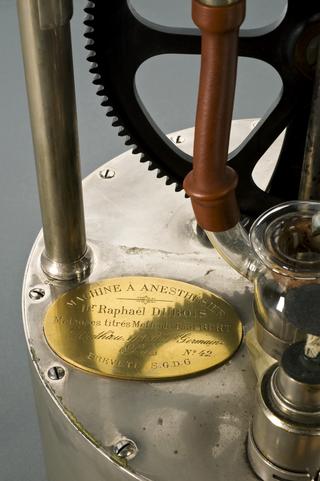
Augustus Désiré Waller 1856 - 1922
- occupation:
- Physiologist
- born in:
- Paris, Ville de Paris, Île-de-France, France
Augustus Désiré Waller was a British physiologist who produced the first electrocardiogram. This visual record of the heart’s electrical activity was shown as a wavy line called a ‘trace’. Machines using this technique were known as electrocardiographs and became important diagnostic tools in hospitals during the 20th century.
Waller studied medicine at Aberdeen University in the 1870s. In 1884 he became a lecturer in physiology at St Mary’s Hospital. Physiology dominated Waller’s life - he had a laboratory at home, and his wife and children participated in his experiments.
Waller researched the body’s electrical activity. In 1887 he used a capillary electrometer to record the first human electrocardiogram. He attached his equipment to a slowly moving toy train, allowing him to record the heart’s activity in real time. A year later he made his demonstrations public.
Waller kept a large family of bulldogs. One of these, Jimmie, was used in experiments. Antivivisectionists protested against Waller after the electrocardiogram was demonstrated at the Royal Society.
Initially Waller did not think electrocardiograms would be useful in hospitals - the equipment was difficult to use. Eventually other physiologists such as Willem Einthoven and Thomas Lewis showed Waller that the traces could help diagnose heart conditions. In 1917, a few years before his death, Waller published a study of over 2000 traces of heart conditions.

